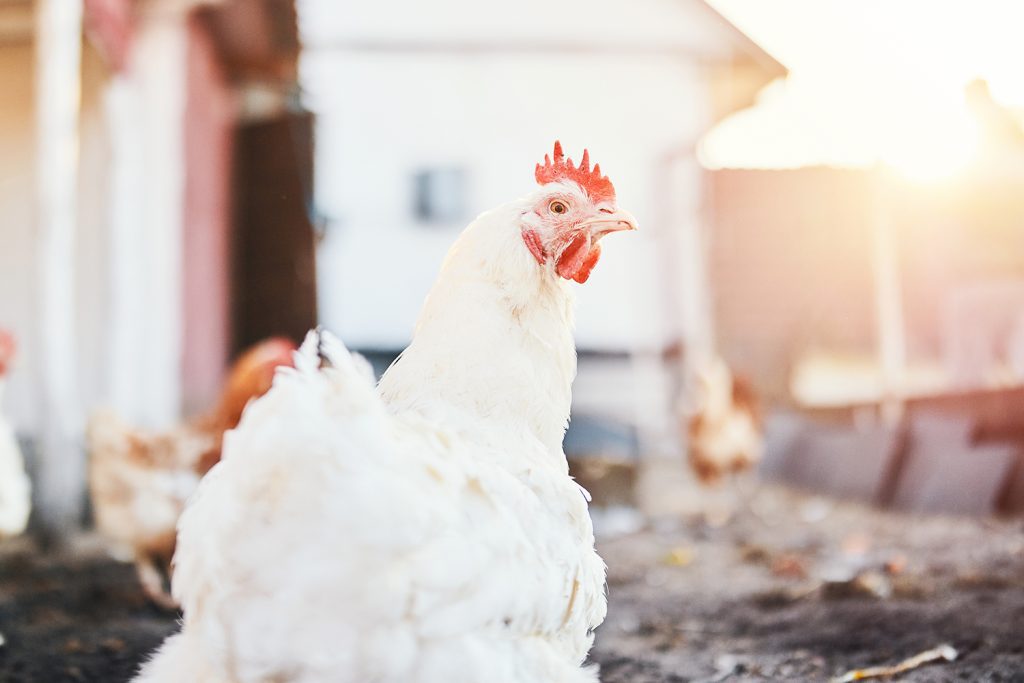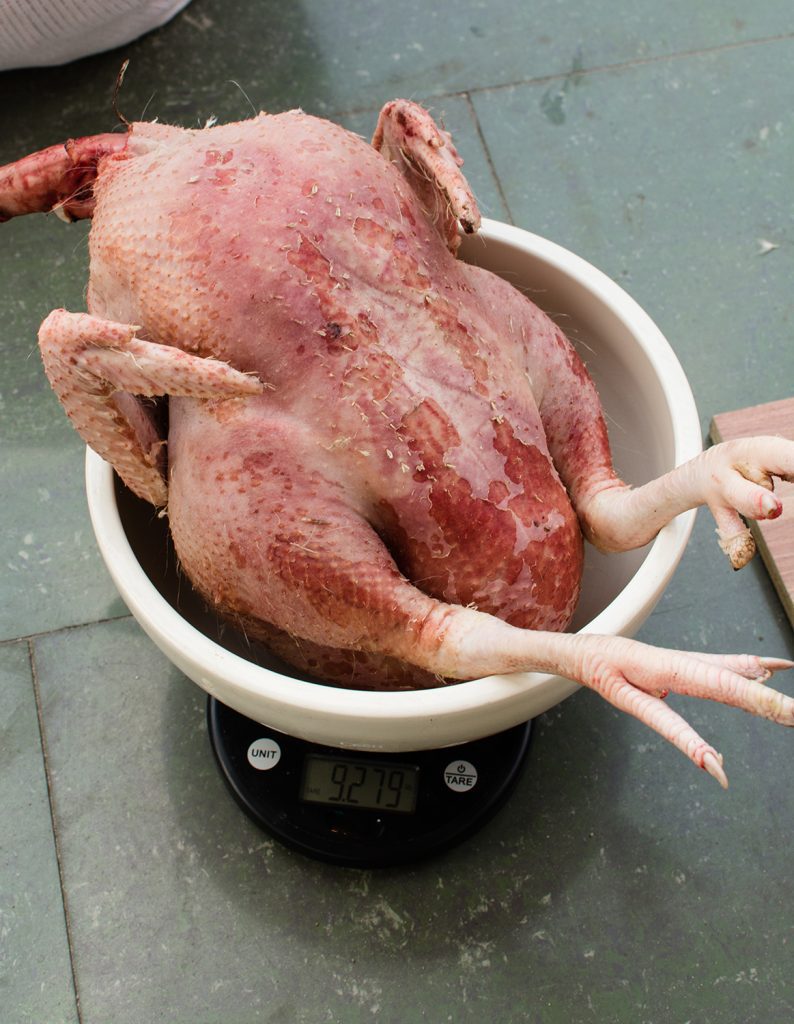
Raising broiler chickens can be incredibly rewarding, but let’s be honest, it’s not without its challenges. One of the biggest concerns for poultry farmers, whether seasoned or just starting out, is managing feed conversion ratio (FCR) and feed costs in broiler chickens. Feed typically accounts for up to 70% of total production expenses. That means even a small dip in feed efficiency can quickly snowball into a major hit to your bottom line.
You may be asking yourself:
If these questions sound familiar, you’re not alone and you’re absolutely asking the right ones. The key to unlocking both better performance and lower costs lies in understanding a simple but powerful metric: FCR, or Feed Conversion Ratio.
These methods are backed by industry research and best practices used by high-performing farms. Whether you aim to enhance profitability, increase sustainability, or simply optimize feed utilization, the following solutions cater to your specific needs.
FCR is the measure of how effectively birds convert feed into body mass. It’s calculated by dividing the amount of feed consumed by the weight gained. A lower FCR indicates better feed efficiency, leading to cost savings and sustainable farming practices.
For example, if a broiler consumes 1.65 pounds of feed to gain 1 pound of weight, the FCR is 1.65.
Feed costs account for a significant portion of poultry production expenses, often ranging from 40% to 70%. Optimizing FCR not only reduces costs but also supports ethical and environmentally friendly farming. Some studies have shown that improving FCR from 1.8 to 1.6 can reduce feed costs by up to 12%.
Several key factors can impact your flock’s Feed Conversion Ratio (FCR), including:
By optimizing these factors, you can significantly improve FCR and reduce your overall production costs.

Ensuring broilers receive a balanced diet rich in essential nutrients, particularly proteins and amino acids, is crucial for rapid growth and muscle development.
Proper nutrition during the early stages, especially brooding, sets the foundation for gut health and nutrient absorption.
A clean environment reduces the risk of disease outbreaks that can negatively impact FCR.
Maintaining optimal environmental conditions, including temperature and humidity, is also vital.
A proper environment contributes significantly to feed efficiency.
Implementing lighting programs that include periods of darkness can improve feed digestibility and overall efficiency.
Healthy birds are more efficient at converting feed into body mass.
Early-life management, especially during the first week, is critical as chicks have the best FCR during this period.
Q: What is a good FCR for broilers?
A: An FCR of around 1.6 to 1.8 is considered efficient for broilers.
Q: How can I calculate FCR?
A: Divide the total feed consumed by the total weight gained. For example, if 1000 kg of feed results in 600 kg of weight gain, FCR = 1000 / 600 = 1.67.
Q: Does breed affect FCR?
A: Yes, some breeds are genetically more efficient. Freedom Ranger broilers are known for their strong feed efficiency and resilience.
Q. Is this information accurate?
A: The information provided is based on industry best practices and research. Always consult with a poultry nutritionist or veterinarian for specific guidance.

By focusing on nutrition, hygiene, housing, and health management, farmers can achieve a lower FCR, leading to cost-effective and sustainable broiler production.
At Freedom Ranger Hatchery, we offer high-quality broiler chicks bred for efficiency and resilience. Take the next step toward more profitable, sustainable poultry production with Freedom Ranger Hatchery.